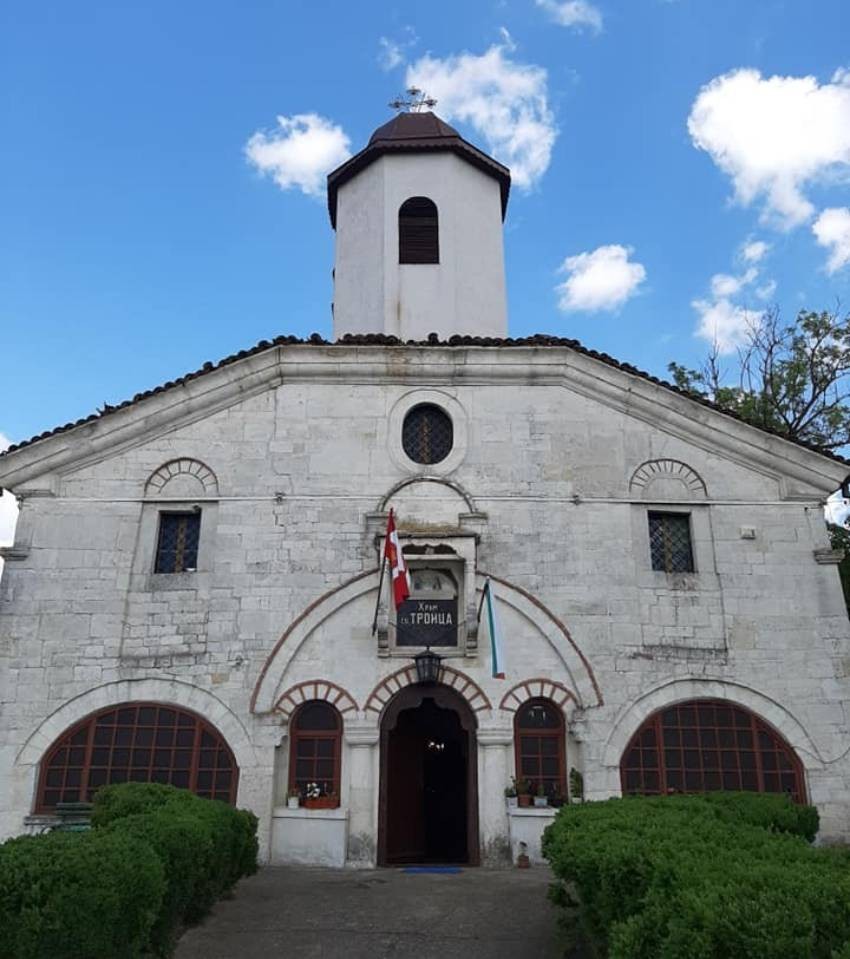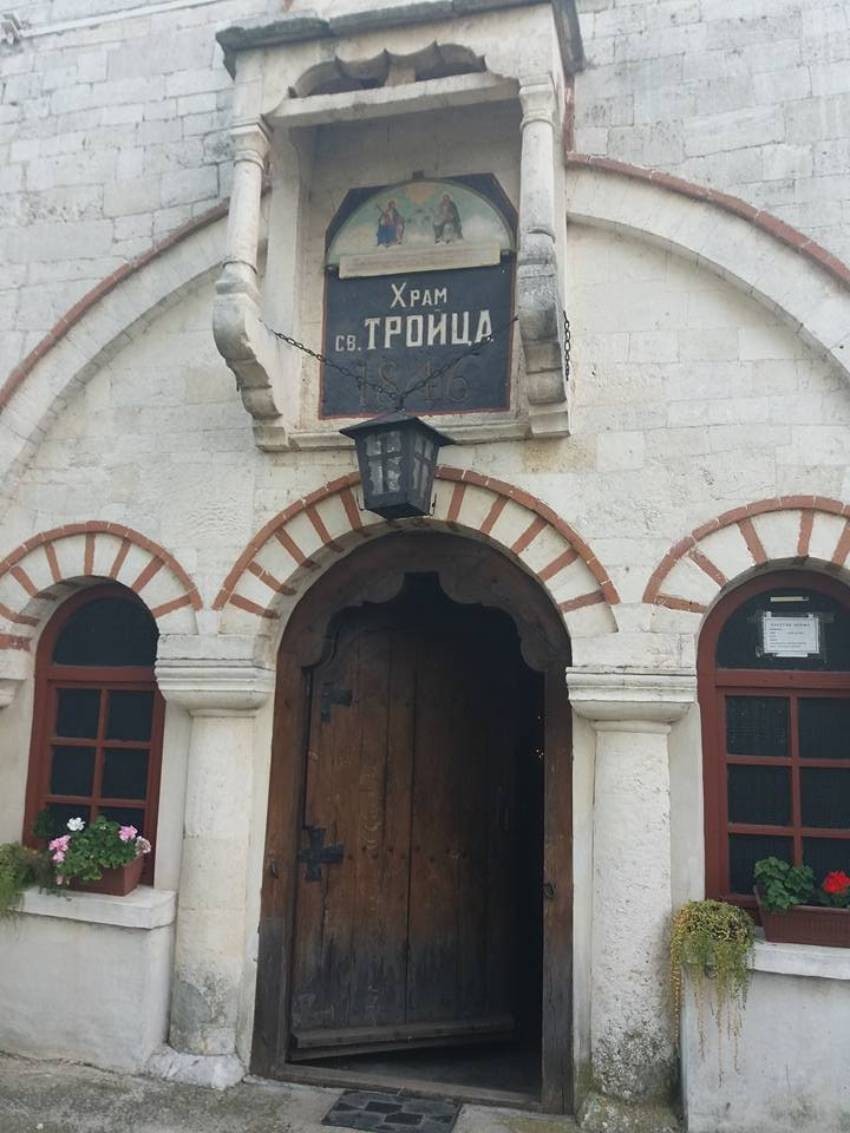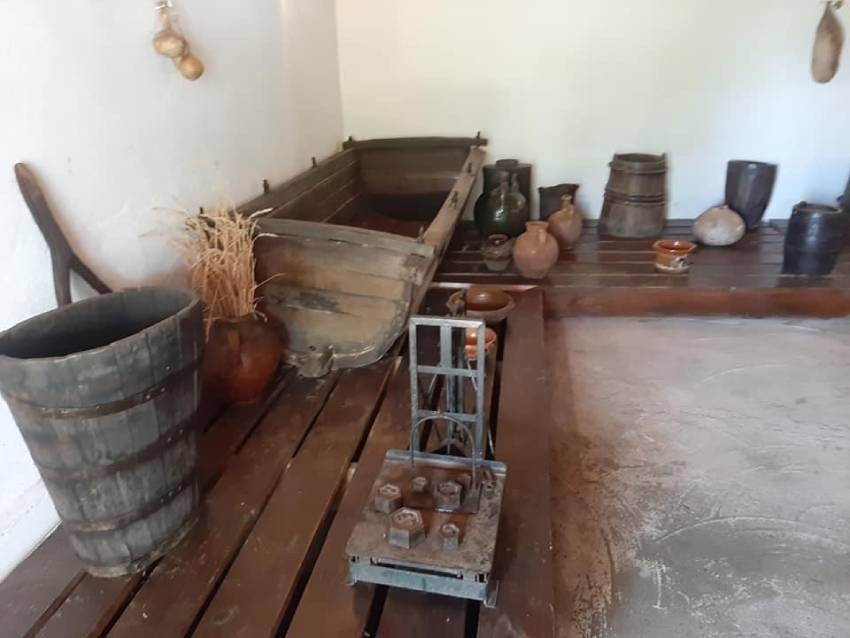



Ninety years ago, on 19 May 1934, the Zveno political movement and the Military League staged a bloodless coup in Bulgaria. In the name of modernising the country, the so-called "national revival", they suspended the Tarnovo Constitution , banned the..
A silver medal depicting an ancient theatre mask has been created on the occasion of the discovery of the ancient city of Heraclea Sintica near Petrich. Ancient polis of Heraclea Sintica revealing its secrets The ceramic theatre mask dating..
The Bright Week for Orthodox Christians ends with the feast of Thomas Sunday. On this day, the Church commemorates the Apostle Thomas, one of the twelve disciples of Christ, called Doubting Thomas because he doubted the Resurrection. When the rumor..

+359 2 9336 661
